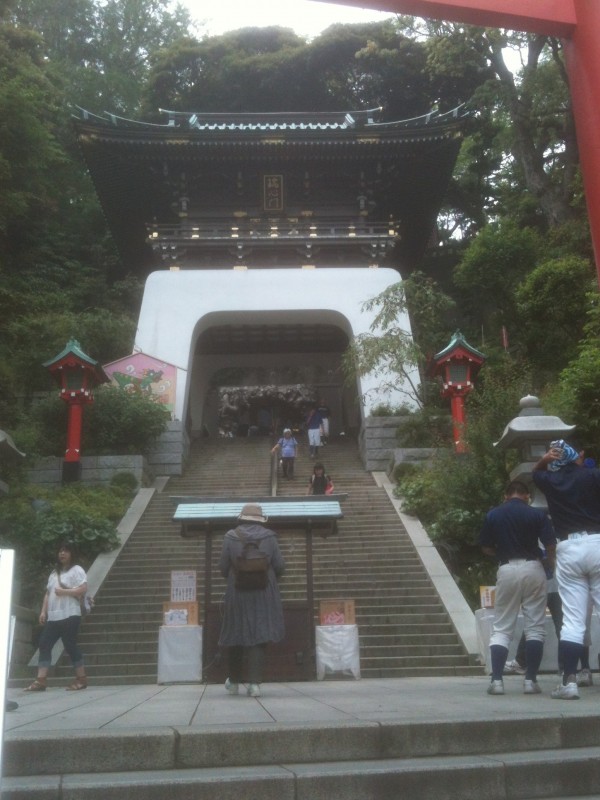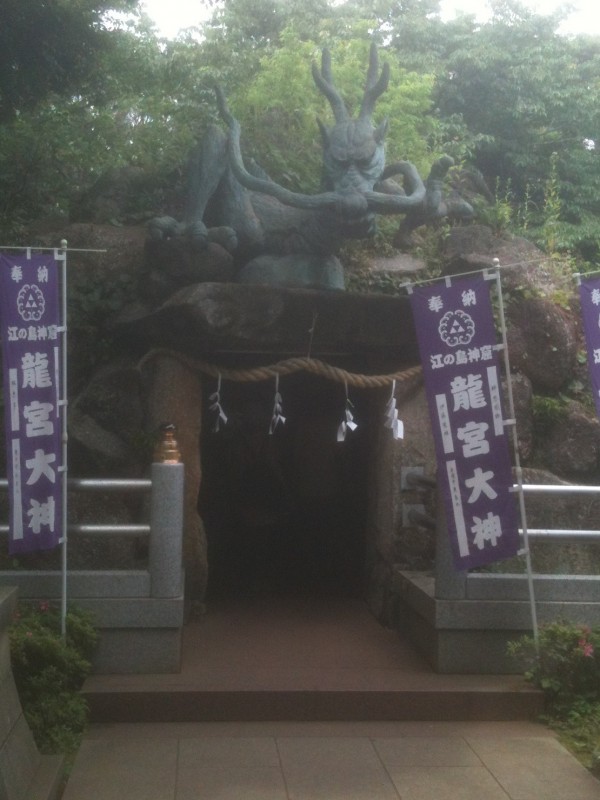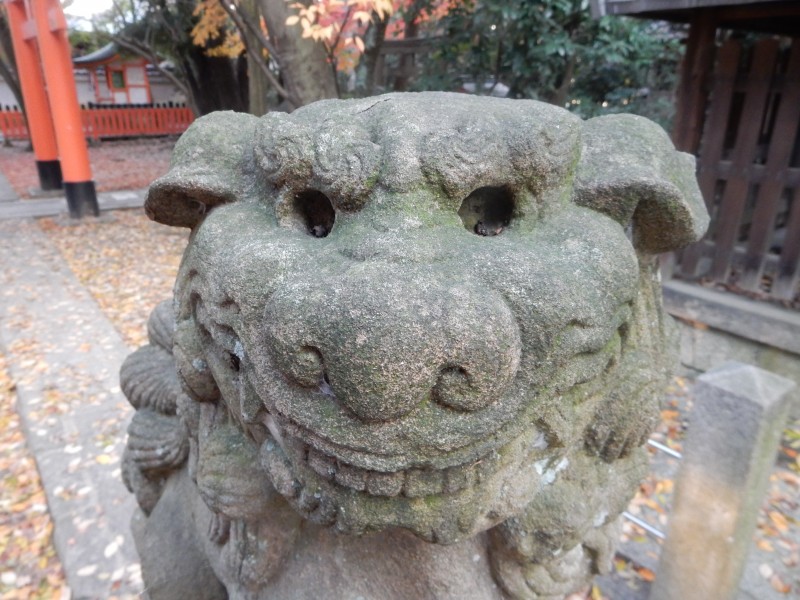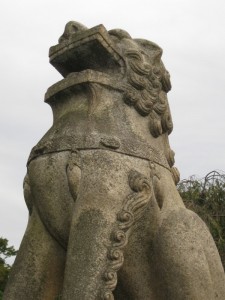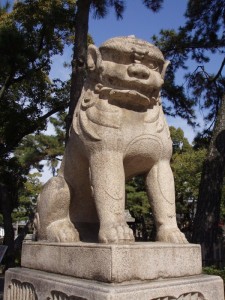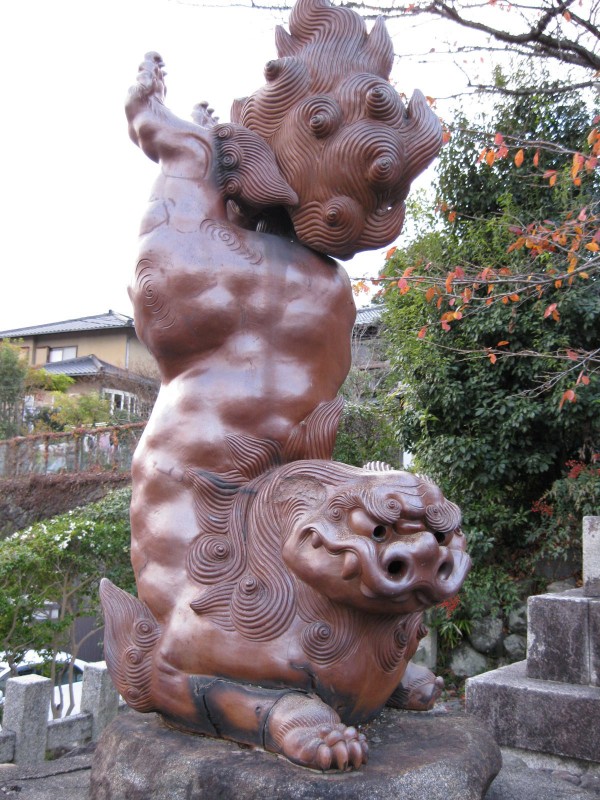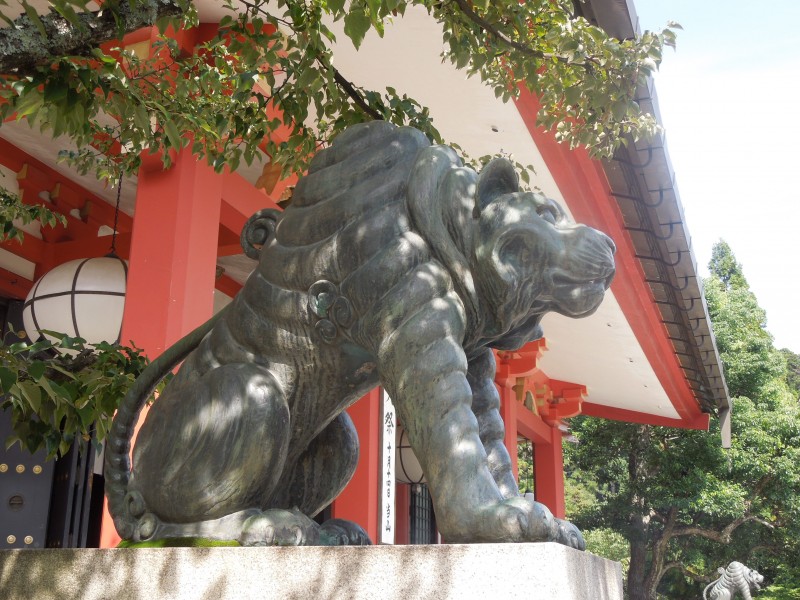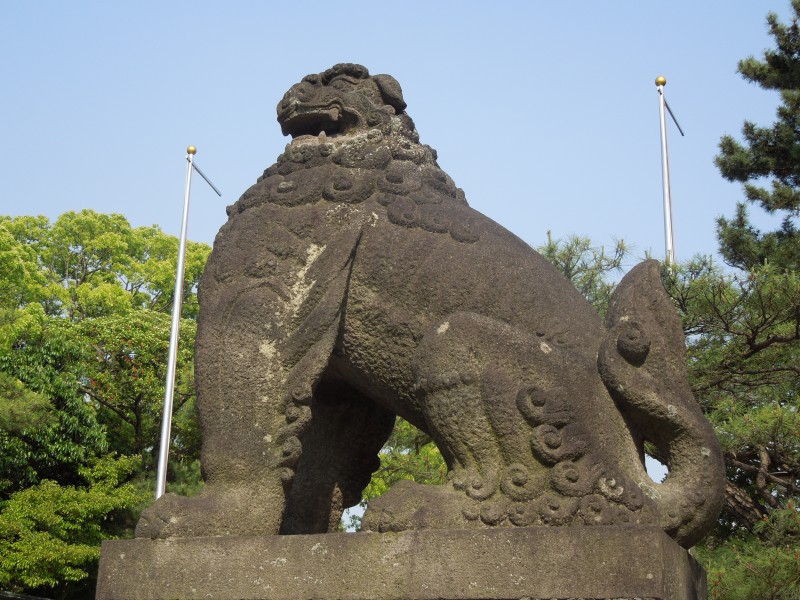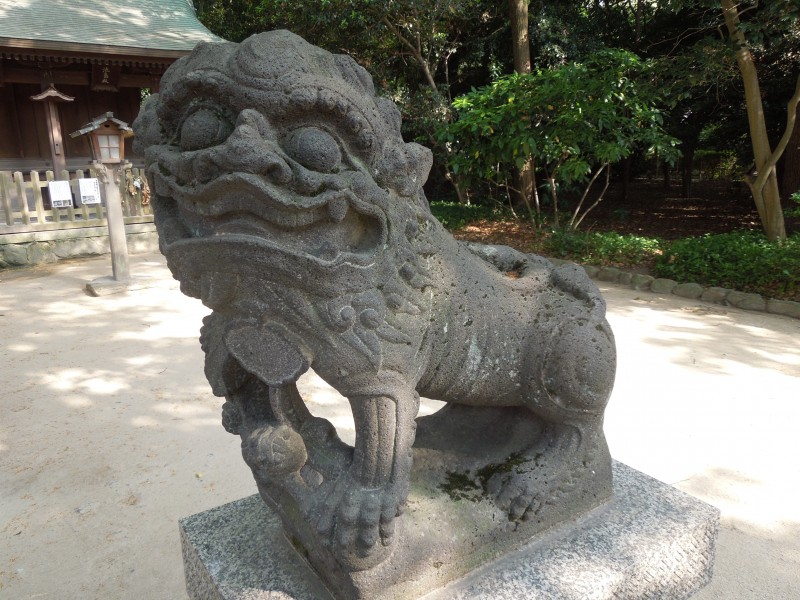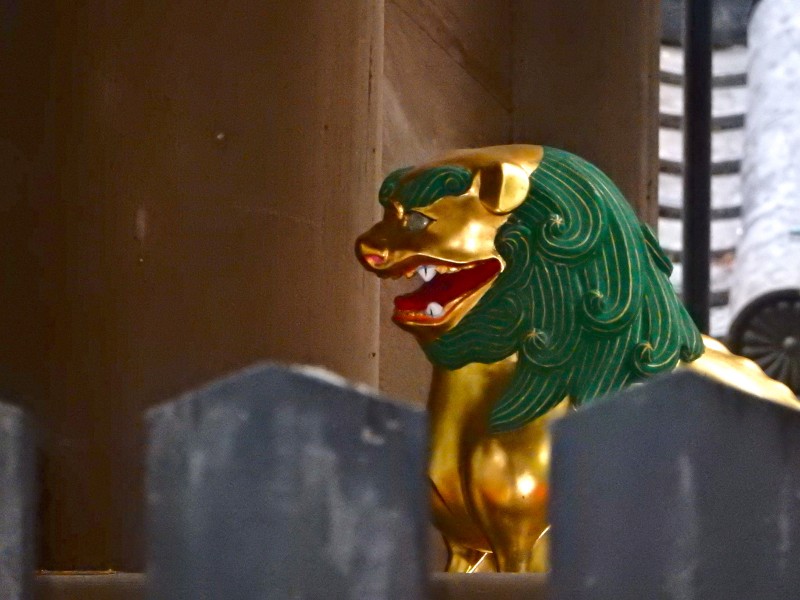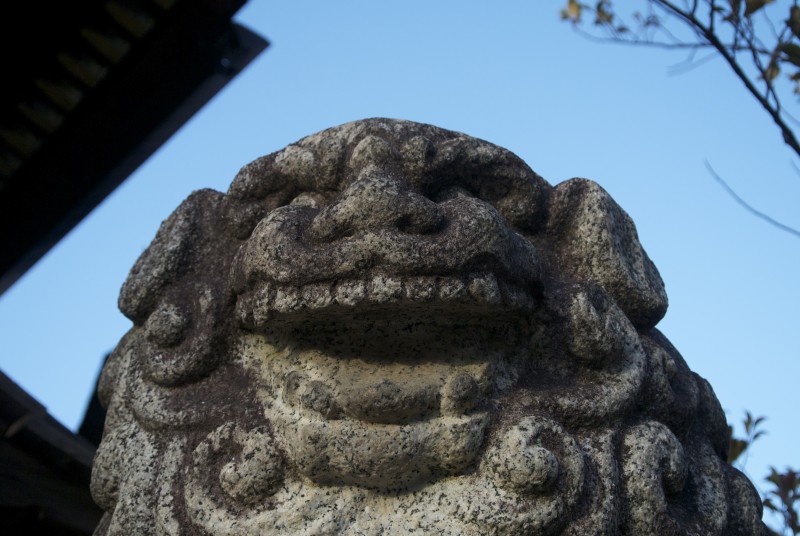Shinto, American natives find common ground: nature
By J. Tuyet Nguyen, United Nations Correspondent
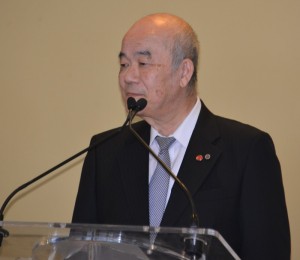
Tsunekiyo Tanaka, head of Jinja Honcho, delivers a speech at the UN in 2014 (courtesy Nguyen)
United Nations – Tsunekiyo Tanaka, a mild-mannered envoy who likes a good joke, epitomized Japan’s uniqueness in the devotion to nature. For the first time in his life-long career as head of the country’s Association of Shrines, or Jinja Honcho, Tanaka delivered a speech at the United Nations in New York on Nov. 18, 2014, where politicians struggled for years to thwart the deteriorating environment and dangers of climate change using sciences and international conventions as tools.
Gordon Yellowman, chief of the Cheyenne and Aparaho tribes in Oklahoma joined Tanaka. The two shared views when both appeared at the Celebrate Earth event inside the UN.
“Today, political and economical aspects are emphasized when we confront environmental issues,” Tanaka told the more than 120 guests, which included a Shinto delegation from Japan, and UN officials and diplomats. “But what is important, I believe, are the activities based on traditional value and view of nature.”
He said the dance by Shinto priests and performers known as Chikushimai, which was shown at the UN, is not just a dance. “I would like to emphasize that such a dance is inherited, not because it is interesting, but because it is a prayer.”
The presentation captivated and infused a sense of calmness to the guests with the peaceful music from the string instrument that came from Japan with the performers. The performers’ chief priest, Yuzuru Kiyomi, the soloist dancer of the group, showed his controlled agility in the ritual ceremony. The group also held a similar performance at the Brooklyn Botanical Garden, where a shrine will mark its 100th anniversary next year. The garden is adorned by some 100 Japanese cherry trees.
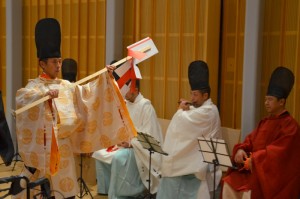
Tanaka explained what Japanese have for centuries considered sacred and rarely exported to the West – the sacred dance of Shinto priests to honor nature. Tanaka is the speaker and president of Jinja Honcho, Japan’s most important association of some 90,000 shrines.
The March, 2011 giant earthquake followed by a devastating tsunami that struck the Fukushima prefecture in the eastern part of the country, killing nearly 20,000 people and caused vast destruction, were met with stoic calm and resignation by the inhabitants in the region. The victims suffered the tragedy and feared nature with awe. It is with the same kind of admiring awe when watch each morning the sun rises over the horizon, flooding it with light and beauty.
Japanese “neither hate nor curse nature,” Tanaka said. “They acknowledge that human beings are part of nature and accept the great power of nature as it is.”
Japan’s homogeneous society has led to the continuation of centuries-old traditions and application of practices to worship deities.
Gordon Yellowman Sr. and his wife, Connie, left their home in Oklahoma, a region frequently struck by tornadoes, to join Tanaka and the Japanese group at the UN.
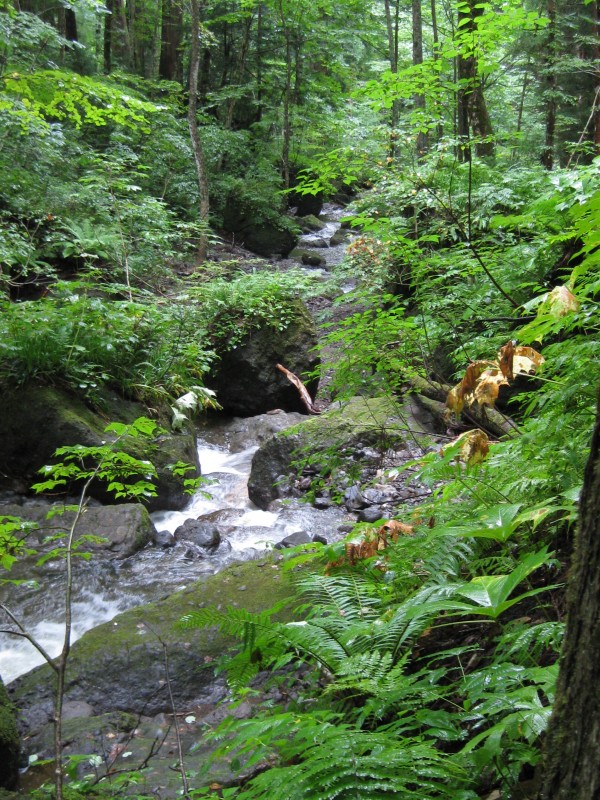
Yellowman said the Cheyenne people pay particular attention to water and fire, two natural elements that give life on earth and must be respected. “So respect them, don’t play with them. Those are the rules that we abide by,” he said, citing the power of water in accidents in which children are drowned if they are unattended.
“We have to live in a different world today, we live in a society with modern technology…but our lives and traditions have always been with us, and our way of life is based on institutions and teachings of our culture. But the technology does not live and breathe the culture.”
“For us (Cheyenne people), we live our way of life in harmony with nature while coping with today’s technology,” he said. “The Cheyenne want to learn about technology, but also to learn how to live in harmony with the earth. Our knowledge is beyond technology. We live everyday and breathe everyday, and the technology cannot see and understand (our culture).”
“Technology means advance (in society), but our way of life is more humble, more appreciative and more active in understanding nature.”
Tanaka and Yellowman are separated by geography, traditions and cultures . But somehow they understand each other well when they talked about nature.
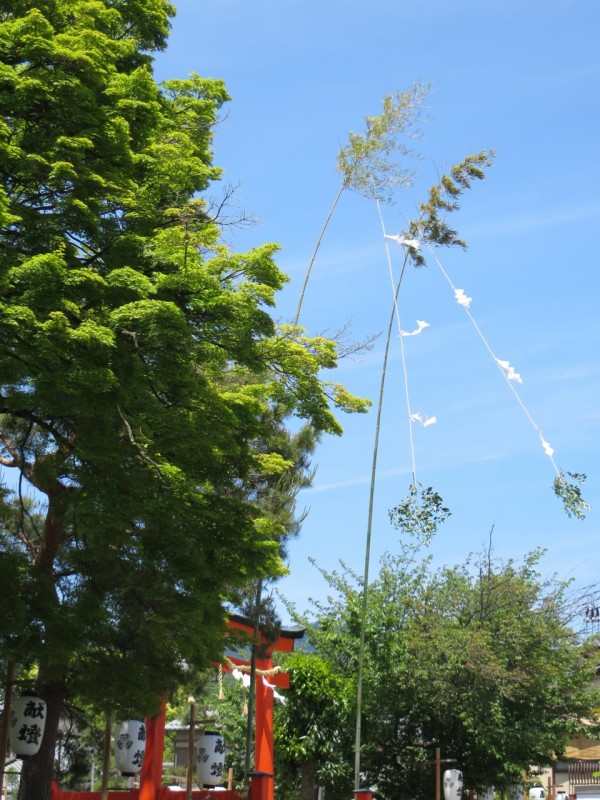
Both have their own areas of expertise. Tanaka can be called the “Japanese Edison” for an odd invention of a light bulb that works with a filament made from bamboo. That particular bamboo grows in the mountains of Kyoto where Tanaka is the master of a Shinto Shrine. Thomas Edison invented the light bulb using metal filaments.
Yellowman is called the Cheyenne “weather god of Oklahoma,” according to a story published in newspapers, including the New York Times.
“Tornadoes have a job to do, which is to restore balance to the environment,” Yellowman said. He said the Cheyenne have implored nature to spare them of its calamities. He said the huge tornado that could have inflicted destruction to his tribal community in El Reno on May 31, 2013 listened to Cheyenne holy men’s prayers and changed its course. “They asked it to have pity and it turned away.”
The event at the UN, called “Celebrate Earth,” was organized and sponsored by the Society and Diplomatic Review In New York and the Cooperation and Planning company (COPLA) based in Tokyo. COPLA president, Yuichi Ishizuki, plans further projects that would expose Japan’s traditions and culture to other countries.
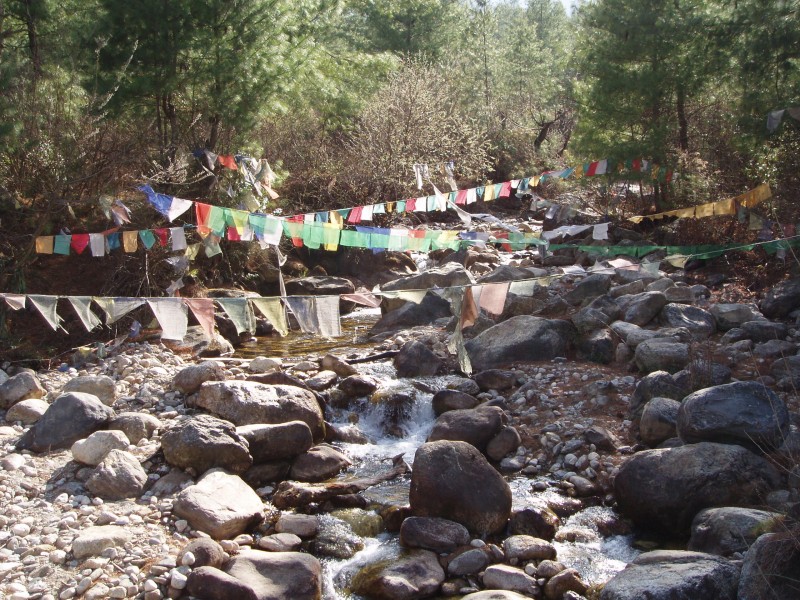
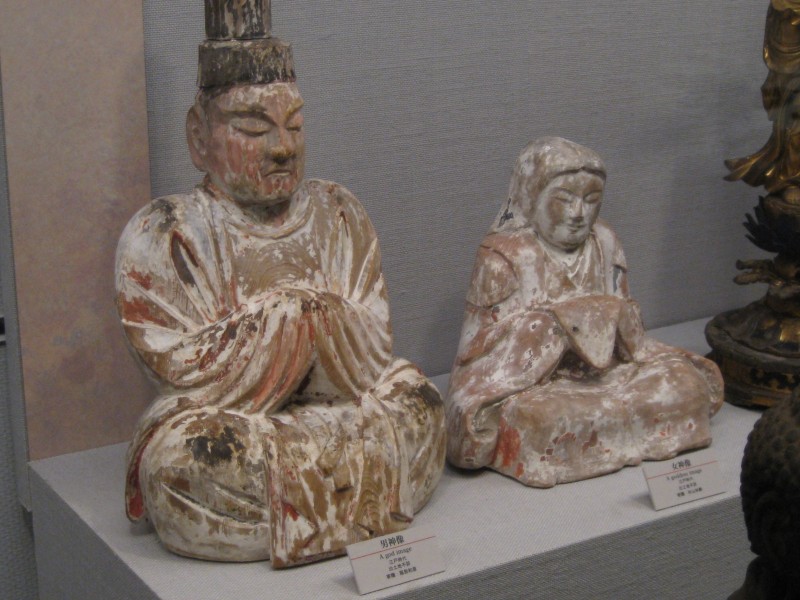 Readers living in Tokyo may well be interested in this talk by a leading figure in the world of Shinto Studies….
Readers living in Tokyo may well be interested in this talk by a leading figure in the world of Shinto Studies…. One of the striking aspects of Shinto is the vagueness and multiplicity that characterize descriptions of the gods (kami). The general understanding today is that kami are spiritual (immaterial) entities that attach themselves to particular things (rocks, trees, mountains, etc.); however, there are also beliefs that natural objects are divine in themselves. In addition, human beings can, in certain cases, be deified as well. The notion of kami also shares some semantic elements with concepts such as mono (entity endowed with supernatural powers), tama (spirit), and kokoro (mind). In this paper, I present some aspects of premodern Japanese discussions on the body of the kami (shintai), with their multiplicity and ultimate irreducibility, with special emphasis on medieval doctrinal texts and early modern philosophical treatments by Confucians and Nativists. I will suggest that a shared feature of the theology of the kami throughout history is a constant oscillation (and indecision) between materiality and spirituality, a structural oscillation that is responsible for both the constancy of certain themes and religious innovation.
One of the striking aspects of Shinto is the vagueness and multiplicity that characterize descriptions of the gods (kami). The general understanding today is that kami are spiritual (immaterial) entities that attach themselves to particular things (rocks, trees, mountains, etc.); however, there are also beliefs that natural objects are divine in themselves. In addition, human beings can, in certain cases, be deified as well. The notion of kami also shares some semantic elements with concepts such as mono (entity endowed with supernatural powers), tama (spirit), and kokoro (mind). In this paper, I present some aspects of premodern Japanese discussions on the body of the kami (shintai), with their multiplicity and ultimate irreducibility, with special emphasis on medieval doctrinal texts and early modern philosophical treatments by Confucians and Nativists. I will suggest that a shared feature of the theology of the kami throughout history is a constant oscillation (and indecision) between materiality and spirituality, a structural oscillation that is responsible for both the constancy of certain themes and religious innovation.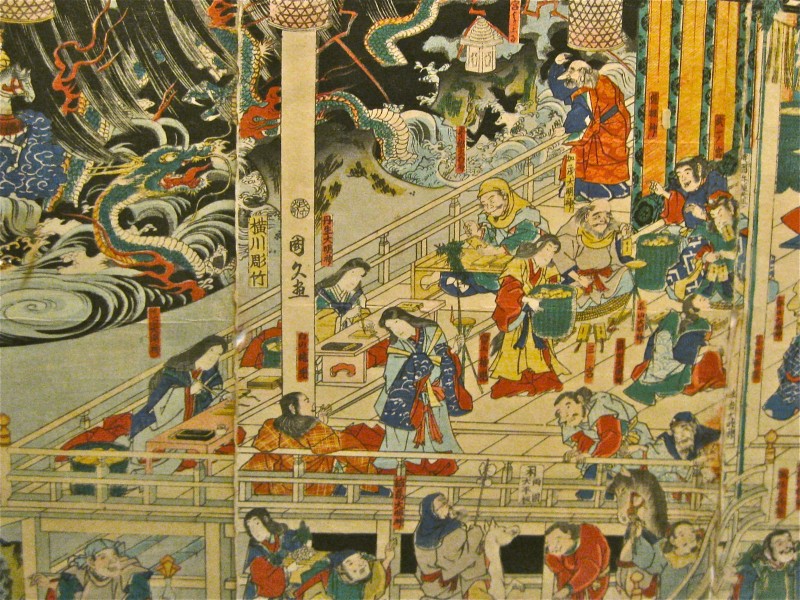


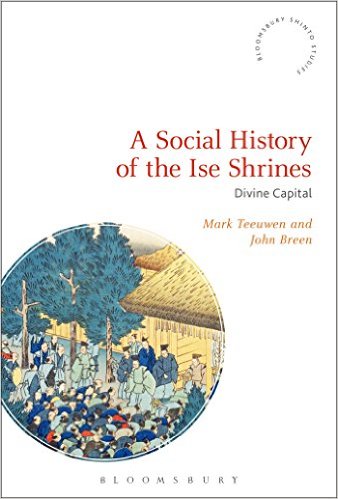
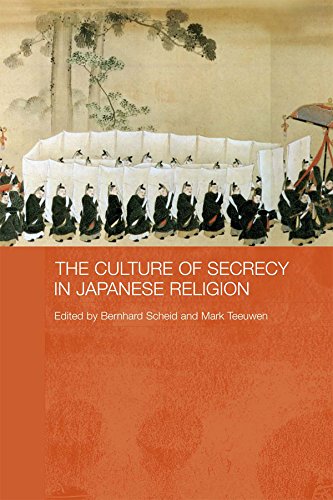
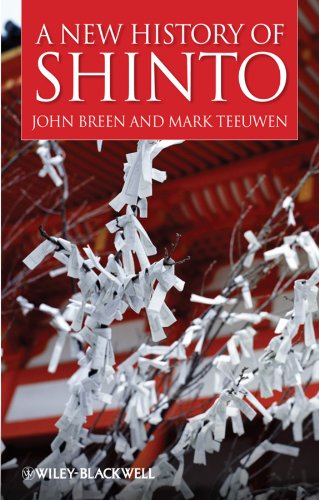
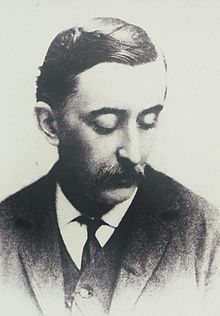
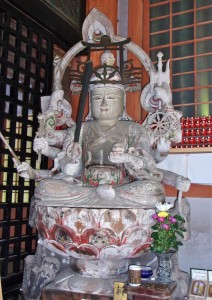
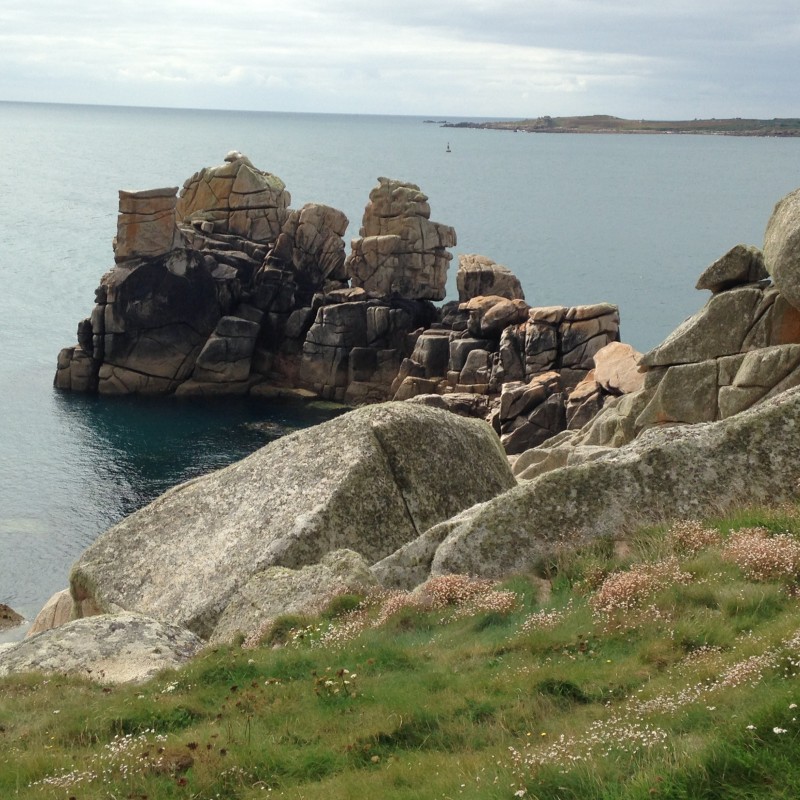
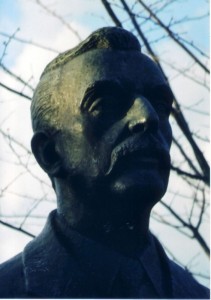 This is part of a series on Lafcadio Hearn, a Shinto sympathiser 100 years ahead of his time. Though he was not as proficient in language terms as his great Shinto contemporaries, such as B.H. Chamberlain and W.G. Aston, he had a mastery of words which was striking enough to win worldwide attention.
This is part of a series on Lafcadio Hearn, a Shinto sympathiser 100 years ahead of his time. Though he was not as proficient in language terms as his great Shinto contemporaries, such as B.H. Chamberlain and W.G. Aston, he had a mastery of words which was striking enough to win worldwide attention.